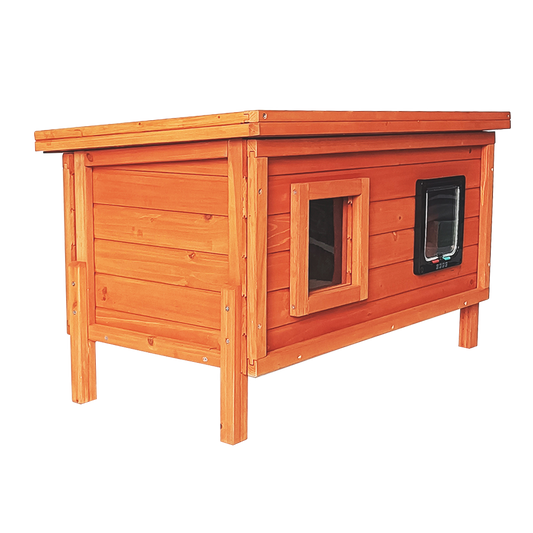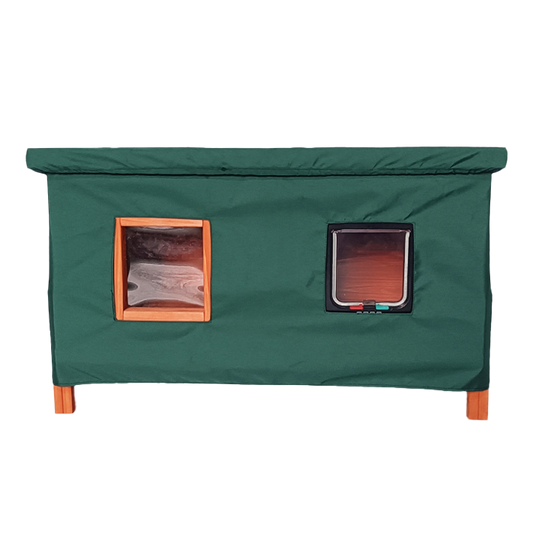It is reported that 56% of dog owners share a bed with their pet and there are many health benefits in doing so. There are some downsides and considerations though so bed sharing is not for everyone. Let’s take a look at some of the issues surrounding co-sleeping.
Sleep Disruption
Sleep studies have shown that owners who share a bed with their pet report a higher level of sleep disturbance than people whose pets do not sleep in their bed. Dogs are light sleepers as they are always on alert – a throwback to their wild ancestors who had to keep a lookout for danger – so they can be rather disruptive sleeping companions. Dogs can also be noisy sleepers if they snore or dream of chasing rabbits!
Dogs are polyphasic sleepers, which means they have three sleep/wake cycles per night compared to humans who are monophasic sleepers, having just one. This difference in sleep cycles can interfere with a good night’s sleep, especially if you are a light sleeper yourself.
Feeling Safe and Happy
Humans and dogs have been sleeping alongside each other in some cultures for centuries. For example, Aboriginal Australians often slept beside their dogs for warmth and protection from evil spirits. As pack animals, dogs are not naturally comfortable on their own and most would much rather prefer company in bed.
Studies have shown that there are many mental health advantages to co-sleeping with dogs such as increased feelings of comfort and security. Bed sharing has also been shown to help reduce feelings of loneliness and anxiety for both dog and owner.
Bed Warmers
Historically, some dogs were bred to share beds with their owners as they were very efficient sources of heat. Pugs were a popular choice of bed warmer in France as they were happy to lie still for a long time and it is reported that Josephine Bonaparte had a Pug companion who warmed her bed every night. Shih Tzus were also used as bed warmers for Chinese emperors and empresses in the late 1800s.
Disease Transmission
Dogs can pick up nasty bacteria from soil, which they can transfer on to your bedding. It’s a good idea to give your dog’s paws a wipe before they jump up on to your bed to remove any debris.
Ensure your pet’s parasite control is up-to-date so that you know they’re free of fleas and worms before snuggling up to them in bed or you might wake up in the night scratching. You should make sure their vaccinations are up-to-date too as some diseases that affect dogs can be passed on to humans.
For good hygiene it is recommended that you change your bedding more often than usual if you have your dog sleeping with you and wash it on a higher temperature.
People with compromised immune systems are particularly at risk from infections that could be passed on by dogs so should keep their pets out of the bedroom completely. Those with allergies or asthma should also avoid bed sharing as dog hair is likely to aggravate symptoms.
A Place of Their Own
If you decide you would rather not have your dog on your bed with you, or you have a dog who isn’t keen on bed sharing, there is a wide range of comfy and cosy alternatives. Donut-shaped dog beds are a good choice for dogs that feel the cold and like to curl up in a ball, while a duvet-style dog bed works better for dogs that prefer to stretch out.
Co-sleeping is not for everyone – especially if you have very big or multiple dogs. It is also common for domestic disputes between partners to arise when a dog takes up too much space on the bed. Weigh up the pros and cons as to what is best for you but as long as you guard again disease and parasites, and practise good hygiene, there’s no reason why you shouldn’t enjoy sweet dreams together.
If you enjoyed this article, have a look at:









